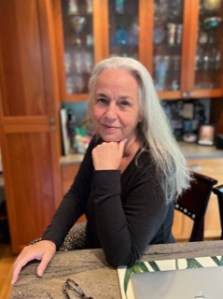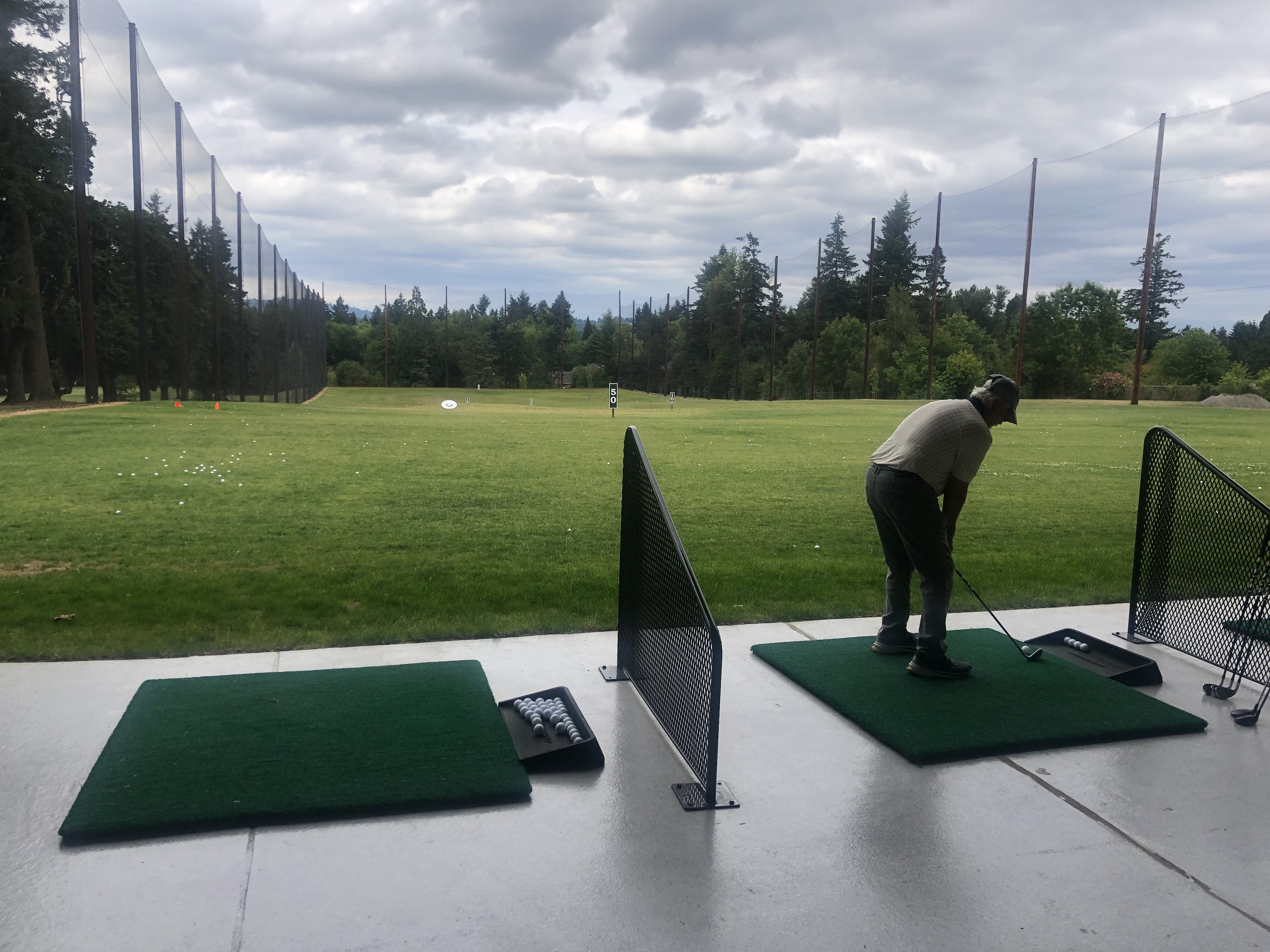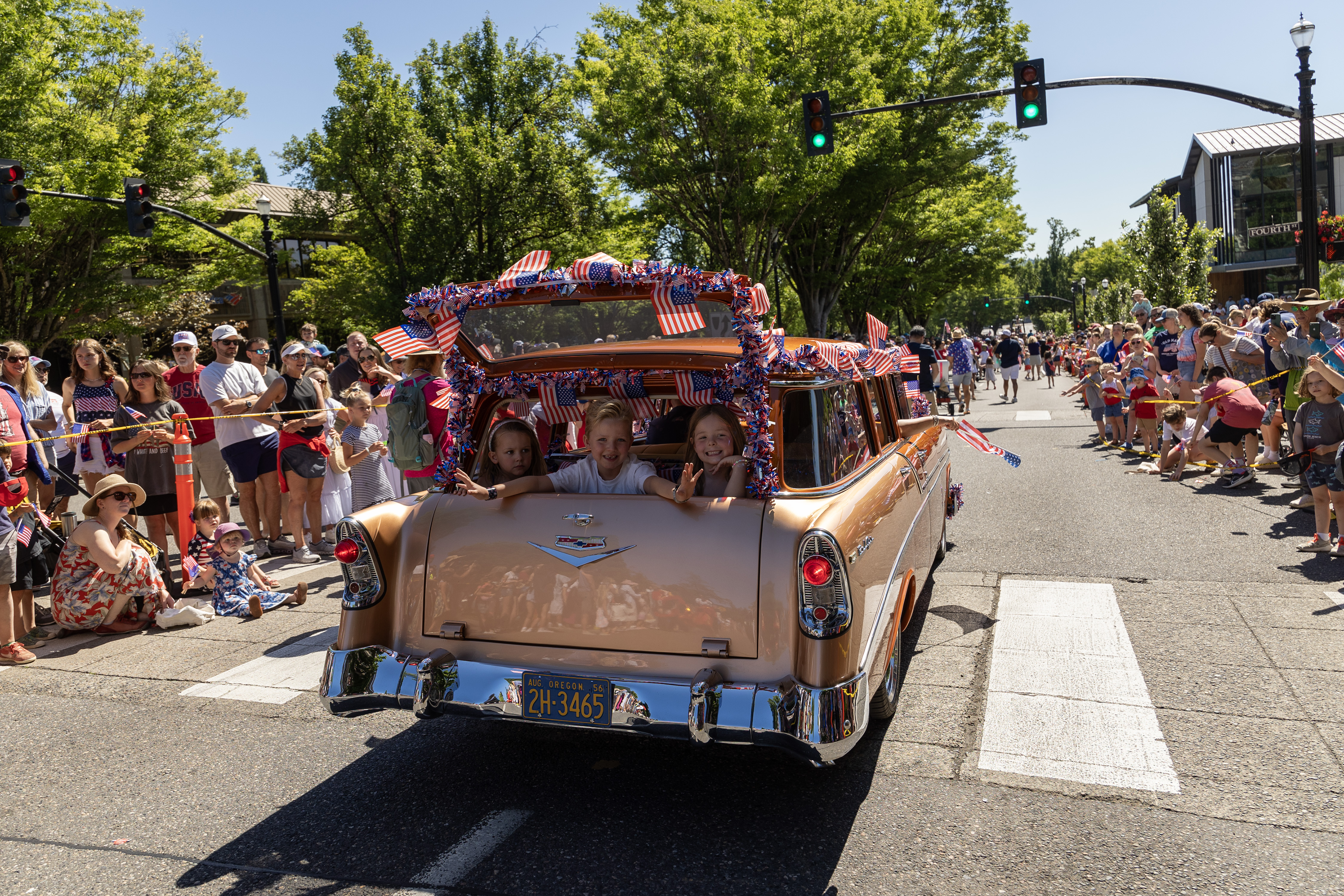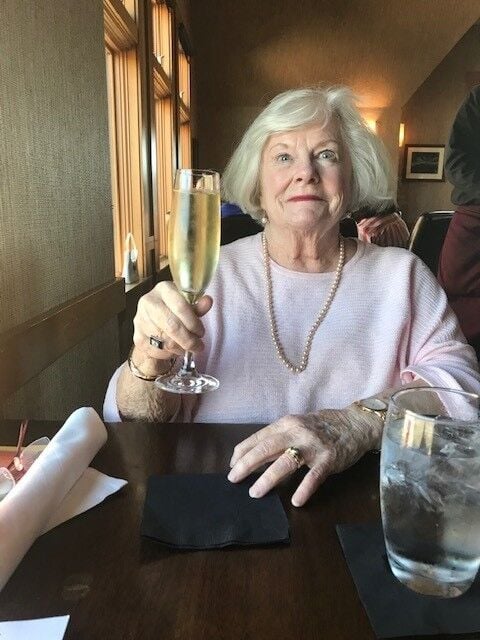Jottings From Fifth & G: What is an invisible disability?
Published 12:59 pm Thursday, June 5, 2025

- Linda Zimmerman
If something is invisible, it doesn’t mean it doesn’t exist. But if you can’t see something, you might not be aware of its presence.

Linda Zimmerman
This is the case with invisible disabilities, a term that I, until recently, wasn’t familiar with. The Invisible Disabilities Association definition is that an invisible disability is a physical, mental or neurological condition not visible from the outside, yet can limit or challenge a person’s movements, senses or activities. These can range from mild challenges to severe limitations and vary from person to person. The fact that these symptoms are invisible can lead to misunderstandings, false perceptions and judgments. The advocacy group Disabled World estimates that about 10% of Americans have a medical condition that could be considered an invisible disability, so there’s a good chance that you or someone you know is impacted. Or maybe not? Or maybe you aren’t aware of those around you; after all, it’s invisible. How would you know if no one tells you? So let me tell you about auditory disability, which includes deafness and hearing loss.
When I was in the first grade a routine hearing test at school showed a severe hearing loss in my left ear. My parents were told it was probably the result of having measles. There were no vaccinations at that time for measles, mumps, rubella or chicken pox, and I had all of them before the age of 7. Fortunately, my right ear had not been impacted and compensated so well that the only thing I noticed was if I put the telephone to my left ear, I couldn’t understand anything that was said. I think my parents were told that there had been nerve damage, and that a hearing aid would not be a benefit. Growing up I naturally learned that it was best to be on the left side of people so my right ear could be closer to whomever I was trying to hear. It was an adaptation enabling me to succeed in school and socially. Looking back, I know I was very fortunate and if it had been the loss of hearing in both ears I would not have done as well.
This has become even clearer to me in the past 15 years as I’ve lost hearing in my right ear. I find with this additional hearing loss it is more challenging for me. Fortunately, it’s not as severe as the loss in my left ear and a hearing aid is a benefit. An audiologist confirmed that my original hearing loss could have been devastating and that I was lucky I had been able to adapt and not had severe consequences. I am very grateful. But losing the hearing in my right ear has made me more susceptible to the challenges of hearing loss.
According to the World Health Organization, “Of all the senses, it is hearing which fundamentally facilitates communication and fosters social interactions, allowing people to forge relationships, participate in daily activities, be alerted to danger and experience life events. Apart from precipitating social isolation, measles induced hearing loss could prevent the attaining of educational milestones.”
Prior to the hearing loss in my right ear, I had no problem with group conversations and being in loud restaurants; but now, even with a hearing aid it’s challenging. I appreciate the efforts that some make to include me, but unless it’s a quiet environment and only one person speaks at a time, I usually can’t follow much of what is being said. The effort involved can make me tired and often results in a headache. I do better with one-on-one conversations in quiet environments with people talking slowly, clearly, and where I can see them talking. But I miss being a part of a group conversation and going with others to loud restaurants. Not hearing a compliment on my hat from a stranger walking by I’m sometimes alerted by my husband or friends, but I may possibly appear aloof or rude. And I’m sure I’ve not noticed other people’s invisible disabilities. So, it’s important for us to remember to be kind. You never know what someone is going through or maybe they have an Invisible Disability.
Save the Date! Oct. 19-25 is Invisible Disabilities Week — awareness, education and support.
Linda Zimmerman is a member of the Jottings Group at the Lake Oswego Adult Community Center.





